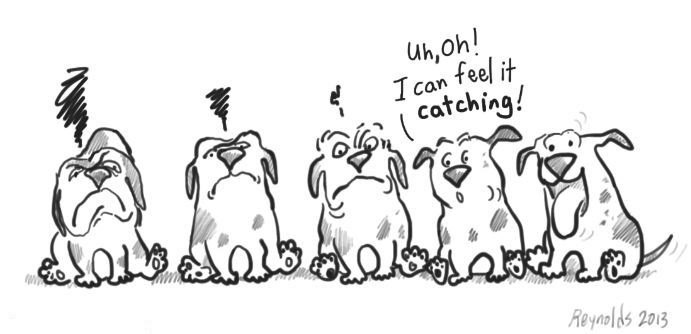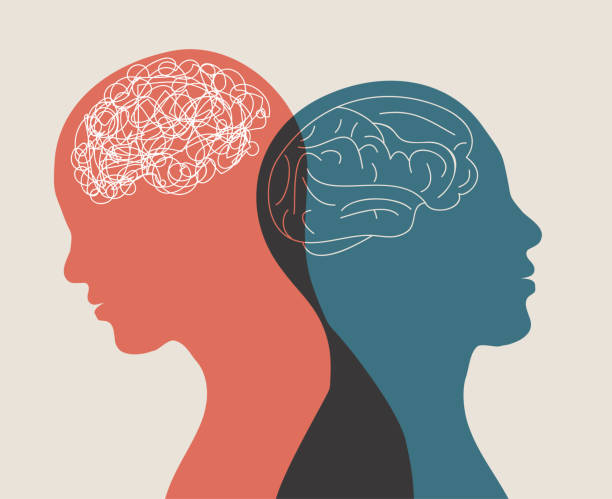Introduction
Even in the absence of tone and facial expressions, emotions ripple through group chats and online platforms. This phenomenon—emotional contagion—explains how one person’s mood can influence an entire digital community. Understanding this mechanism sheds light on both the uplifting and toxic dynamics of online life.
Read More: Emotions SOS
Defining Emotional Contagion
Emotional contagion refers to the automatic adoption of others’ emotions. Hatfield et al. (1994) described it as a primitive form of empathy. While initially studied in face-to-face settings, recent research confirms that digital communication also transmits emotional states.

How Emotions Spread Digitally
- Linguistic cues: Punctuation, capitalization, and repetition (e.g., “I’M SO MAD!!!”) convey emotional intensity.
- Emojis and gifs: These visual elements act as emotional signposts.
- Message timing: Rapid-fire replies can indicate excitement; delayed responses may signal withdrawal.
- Algorithmic amplification: Platforms prioritize content with strong emotional reactions, accelerating the spread.
Kramer et al. (2014) famously conducted a Facebook experiment manipulating news feeds to show more positive or negative content. Users exposed to negativity posted more negative updates, proving that emotions can spread without face-to-face contact.
Psychological Mechanisms
- Mirror Neurons: Though typically associated with physical mimicry, mirror neurons also respond to imagined cues.
- Social Norms: People conform emotionally to fit in with group expectations.
- Empathy: Empathic individuals are especially vulnerable to emotional contagion, both positive and negative.
Positive Effects
- Strengthened group cohesion
- Enhanced empathy and mutual support
- Collective joy and humor in memes, viral content, or shared victories
Negative Effects
- Amplified anxiety, outrage, or mob mentality
- Depression contagion, especially in support groups without moderation
- Miscommunication due to overinterpretation of tone or sarcasm.
Conclusion
Emotions are viral, and in the digital age, the contagion is constant. While emotional contagion can foster connection and empathy, it can also spread toxicity. Awareness and intentional engagement can help users navigate the emotional ecosystems of their online lives.
References
Hatfield, E., Cacioppo, J. T., & Rapson, R. L. (1994). Emotional Contagion. Cambridge University Press.
Kramer, A. D. I., Guillory, J. E., & Hancock, J. T. (2014). Experimental evidence of massive-scale emotional contagion. PNAS, 111(24), 8788–8790.
Ferrara, E., & Yang, Z. (2015). Measuring emotional contagion in social media. PLOS ONE, 10(11), e0142390.
Subscribe to PsychUniverse
Get the latest updates and insights.
Join 3,027 other subscribers!
Niwlikar, B. A. (2025, August 10). Emotional Contagion with Important Position and Negative Effects of It. PsychUniverse. https://psychuniverse.com/emotional-contagion/



